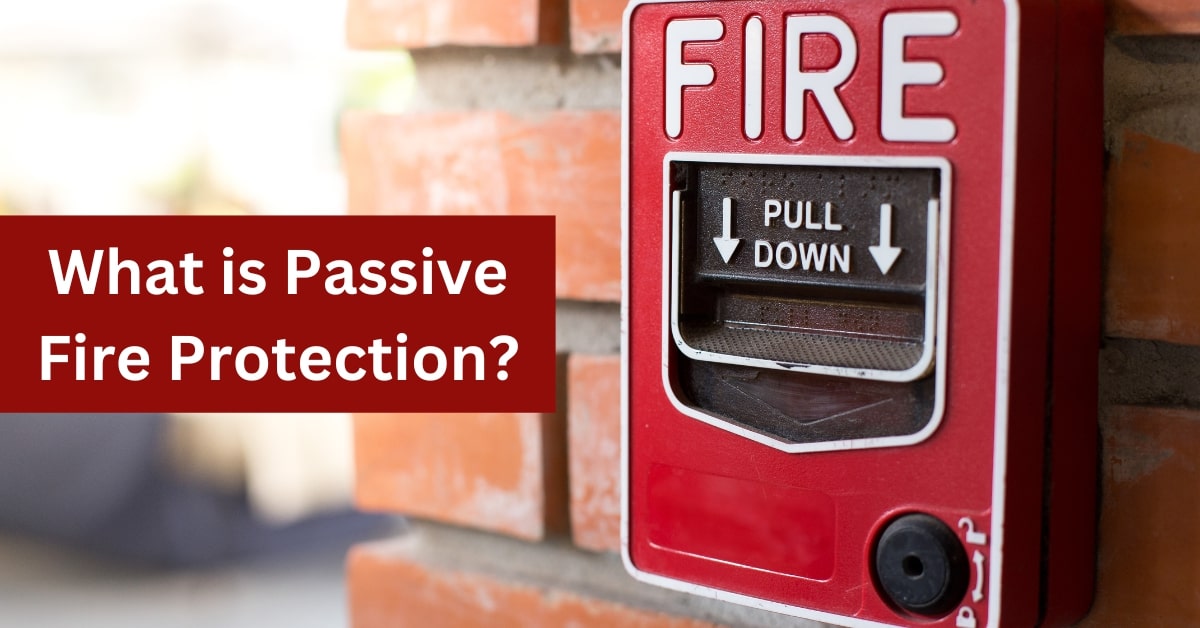Passive fire protection plays a crucial and often underappreciated role in ensuring the safety and integrity of modern buildings. This aspect of fire safety involves the use of materials and design techniques such as FireArrest to prevent or slow the spread of fire and smoke, providing critical time for occupants to evacuate and for emergency services to respond. In the current landscape of building safety, where the complexity of structures and the materials used in construction are constantly evolving, the significance of PFP has never been greater. It stands as an essential component in the overall strategy to safeguard lives, property, and the environment from the devastating impacts of fire.

What is Passive Fire Protection?
Passive fire protection comprises a range of systems and solutions integrated into the structure of a building to contain fires or slow their spread without human intervention or mechanical aid. These measures are designed to maintain the integrity of fire-resistant areas and compartments, ensuring that flames, toxic fumes, and smoke do not spread uncontrollably.
The fundamental principles of PFP revolve around compartmentalisation – dividing a building into sections using fire-resistant materials. The goal is to contain a fire at its point of origin, thereby limiting the spread of fire and smoke, and minimising damage. This approach is critical in protecting escape routes, safeguarding occupants’ lives, and reducing property damage.
PFP differs from active fire protection in that it does not require any action or system activation to be effective. While active fire protection includes systems like fire alarms, sprinklers, and extinguishers that actively work to detect, alert, and suppress fires, passive fire protection is built into the structure of the building and is always ‘on duty.’ The synergy between passive and active fire protection systems is vital for a comprehensive and effective fire safety strategy in any building.




